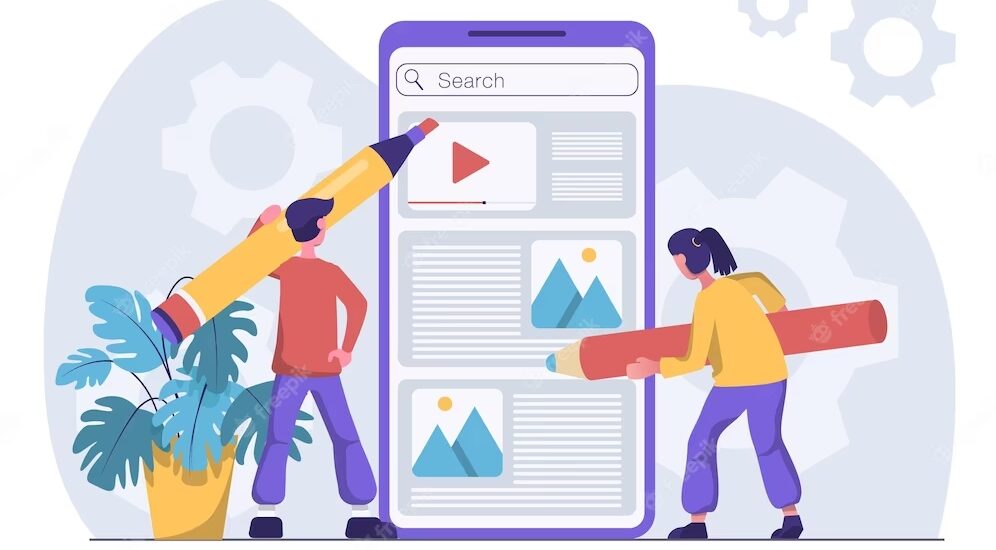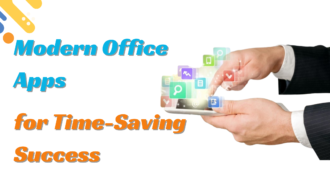How to Build Custom Apps from Scratch
- 1 Steps In Building Custom Apps
- 1.1 Create an App Idea
- 1.2 Validate the App Idea
- 1.3 Know the Target Audience
- 1.4 Know Your Competitors
- 1.5 Choose the Platform and Type of Application
- 1.6 Choose the App Features
- 1.7 Budget
- 1.8 Choose the Development Methodology
- 1.9 Choosing the Tech Stack and Tools
- 1.10 Look for Developer Resources
- 1.11 Develop an App with the Best Practices
- 1.12 App Testing
- 1.13 App Monetization
- 1.14 Submit to App Stores
- 1.15 Prepare for Launch
- 1.16 Conclusion
A trend in the app development scene is driven by business organizations taking up development to build their reach and for better customer experience. A custom app brings a business closer to the target audience as well as brings it closer to revenue and profits. As your business grows, building a customized app provides options and flexibility for users.
So, how do you build custom apps from scratch? Let’s find out.
Steps In Building Custom Apps
Create an App Idea
Find ideas from your own business issues. By exploring possible solutions to these issues, you could come up with a valuable and unique app idea. When you take into consideration how to develop an app that represents real-life concerns, you should start with your own business issues.
Custom app development from scratch also means exploring ideas from others. You could integrate unique functionalities and features from other competitors into your app.
Validate the App Idea
Before finalizing your ideas, you should evaluate their worth and potential from the market and users’ perspectives. For instance, consider if your audience needs it or if it’s unique enough to stand out from the rest. Is your idea feasible enough for the current technologies? These and more should be asked in order to validate the app you have in mind.
Know the Target Audience
It’s important to look at the demographic, behavior, and psychological characteristics of your target audience. To have a comprehensive understanding of your app design, you should determine the user characteristics to align the development with their wants and preferences.
The key demographic characteristics you should take into account include age, gender, location, education, language, occupation, interests, status, devices, personality, and so on.
Know Your Competitors
Knowing your competition is important for any business app. You should have a clear understanding of who you’re fighting against. To stay ahead of the competition, you should first know their strengths as well as weaknesses. That is why you have to perform a competitive analysis of rival apps.
Choose the Platform and Type of Application
It’s time to decide whether to develop native apps for Android, iOS or a hybrid app that runs on all platforms or even a cloud-based app or a cross-platform app. Native apps are developed specifically for Android or iOS. Cloud-based web apps could be accessed anywhere from any device via a mobile browser or desktop.
Hybrid apps are developed once and run across all platforms, including web, desktop, Android, and iOS. The build time is much faster and costs less since it’s only developed once. Cross-platform apps also are developed to run on several platforms. However, they are different from hybrid apps because they let developers create a platform-specific UI layer separately for each platform.
Choose the App Features
First, consider the elementary purpose of your app. Ask yourself why you should launch the particular app. This helps you determine the kind of features that will define your app. Furthermore, consider rolling out the app version with key features first. You can incorporate other features through subsequent updates based on the feedback of the audience.
Budget
It’s important to have a realistic and feasible budget. The budget for app development varies from one app to another due to several factors. A mobile game app will have a different budget from a fintech app, for instance.
Things to consider to determine the app budget include the app features, the development team, the number of screens, copyright, security requirements, and so on.
Choose the Development Methodology
Today, there are several alternatives to the traditional waterfall method. For instance, the agile methodology enables building software simultaneously while accommodating frequent project iterations. The method results in superior quality because of continuous evaluation while speeding up the time of development.
There are other methods, such as DevOps that refer not just to a development methodology but an extensive set of practices as well to ensure a collaborative development culture.
Choosing the Tech Stack and Tools
If you want to build native apps for Android and iOS, you should focus on native tools and technology stack. For a hybrid app, a web development stack will suffice. If you opt for cross-platform apps, there are several efficient frameworks to help build apps that run on Android and iOS while offering user experience and native performance as well.
Look for Developer Resources
It’s time to choose the right development partner. An experienced development team from a mobile app development company with a proven track record and experience is crucial for the success of your project. Naturally, aside from considering the cost, you should also look to hire the best talents as well.
Develop an App with the Best Practices
Your development partner should adhere to the best coding standards and practices. It’s important to know the best coding practices and standards to help the app take off fast and become successful. Furthermore, it’s also important to acknowledge some standards specific to specific niches.
App Testing
You can’t launch your app without testing. There are specific tests that are performed during the design and development of the product. Moreover, there are also certain tests done towards the end of the development process or just before the product is released from the development lab.
App Monetization
An app that’s unable to earn any revenue is considered a failure. An app needs to plan its revenue earning or monetization strategy to earn. There are several monetization models that could help you decide how best to monetize your app. These include in-app ads, paid downloads, freemium, facilitation, app subscription, and combination model.
Submit to App Stores
After you have designed, developed, tested, and decided to monetize your app, it’s time for you to submit it to Google Play or App Store. Both stores obviously have their respective app approval and submission guidelines and criteria. While the process of submission requires fulfilling ASO requirements, such as targeting keywords, writing app descriptions, and so on, you should send an app preview before your final submission.
The preview should include app screenshots, icons, and metadata. The review process could take a few days and once reviewed, the developer would be informed by Apple or Google.
Prepare for Launch
The app market is continuously competitive and thus, making an app discoverable to potential users could be a challenge. That is why aside from knowing about building a basic app, you should also focus on marketing strategies and techniques to ensure easier discoverability. Launching the app at the right time is a crucial marketing strategy for any project.
Conclusion
For any app built from scratch, you have to take every step in a meticulous manner. Furthermore, for an app to stay ahead of the competition, it’s important not to leave no stone unturned to deliver a user experience that keeps your target audience engaged from the very start.


















